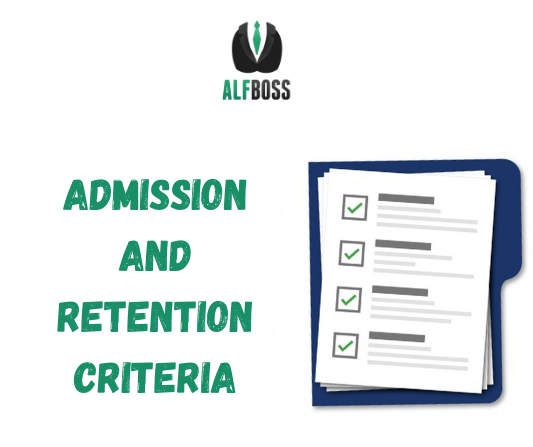
Admission and retention criteria
When you are admitting new residents into the community you must take many different factors into consideration to ensure you are able to provide the care necessary for each resident. The Wisconsin Department of Health and Family Services has issued the following regulation regarding admission criteria for assisted living facilities:
DHS 83.27 Limitations on admissions and retentions.
(1) License capacity.
(a) No CBRF may have more residents, including respite care residents, than the maximum bed capacity on its license.
(b) The CBRF may not have more than 4 residents, or 10% of the licensed capacity, whichever is greater, who need more than 3 hours of nursing care per week or care above intermediate level nursing care for not more than 30 days unless the facility has obtained a waiver from the department or the department has received a request for a waiver from the CBRF and the department’s decision is pending.
(2) Admission and retention limitations. A CBRF may not admit or retain any of the following persons:
(a) A person who has an ambulatory or cognitive status that is not compatible with the license classification under s. DHS 83.04 (2).
(b) A person who is destructive of property or self, or who is physically or mentally abusive to others, unless the CBRF has sufficient resources to care for such an individual and is able to protect the resident and others.
(c) A person who has physical, mental, psychiatric or social needs that are not compatible with the client group as described in the CBRF’s program statement.
(d) A person who needs more than 3 hours of nursing care per week except for a temporary condition needing more than 3 hours of nursing care per week for no more than 30 days. If the CBRF requests a waiver or variance, the department may grant a waiver or variance to this requirement, as described under s. DHS 83.03, if the following conditions are met:
- The resident’s clinical condition is stable and predictable, does not change rapidly, and medical orders are unlikely to involve frequent changes or complex modifications and the resident’s clinical condition is one that may be treatable, or the resident has a long-term condition needing more than 3 hours of nursing care per week for more than 30 days.
- The resident is otherwise appropriate for the level of care provided in the CBRF.
- The services needed to treat the resident’s condition are available in the CBRF.
(e) A person whose condition requires 24-hour supervision by a registered nurse or licensed practical nurse.
(f) A person whose condition requires care above intermediate level nursing care.
(g) A person who requires a chemical or physical restraint except as authorized under s. 50.09 (1) (k), Stats.
(h) A person who is incapacitated, as defined under s. 50.06 (1), Stats., unless the person has a health care agent under a valid and properly activated power of attorney for health care under ch. 155, Stats., or a court appointed guardian under ch. 54, Stats., except for the admission of an incapacitated individual who does not have such a legal representative, and who is admitted directly from the hospital according to the provision of s. 50.06, Stats.
(i) A person who resides in a CBRF licensed for 16 or more residents, and has been found incompetent under ch. 54, Stats., and does not have a court-ordered protective placement under s. 55.12, Stats.
(3) Admission of minors. The CBRF may not admit a person under 18 years of age without written approval of the department and only if any of the following apply:
(a) The CBRF is also licensed under ch. DCF 57 as a group foster care home or under ch. DCF 52 as a residential care center for children and youth.
(b) The minor has been waived to an adult court under s. 938.18, Stats.
(c) The minor is the child of an adult resident. When the minor child of an adult resident resides in a CBRF, all of the following shall apply:
- The adult resident retains custody and control of the child.
- The CBRF shall have written policies related to the presence of minors in the CBRF, including policies on parental responsibility, school attendance and any care, treatment or services provided to the minors by the CBRF.
History: CR 07-095: cr. Register January 2009 No. 637, eff. 4-1-09; corrections in (3) (a) made under 13.92 (4) (b) 7., Stats., Register January 2009 No. 637.
Top Takeaways:
- (a) No CBRF may have more residents, including respite care residents, than the maximum bed capacity on its license.
It sounds pretty obvious, right? You cannot have more residents than you are licensed for. But there are facilities that have been tagged for exceeding their licensure to receive extra income.
- (2) Admission and retention limitations. A CBRF may not admit or retain any of the following persons:
Clinical, administration, and marketing need to be on the same page when it comes to the type of resident you are looking to admit into the community. Ensure you have a process on how to identify the proper fit for you. A red light, yellow light, the green light system has proven to work for many facilities.